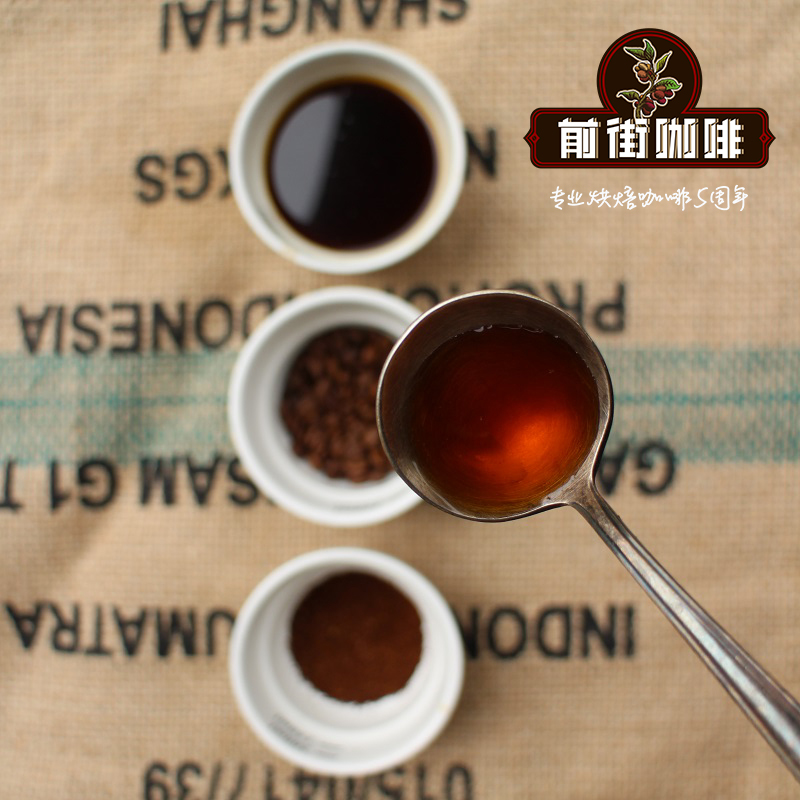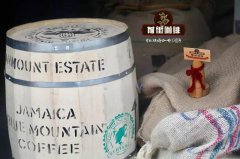How to roast Nicaraguan coffee producing areas with segovia alpine beans

Professional coffee knowledge exchange more coffee bean information please follow the coffee workshop (Wechat official account cafe_style)
In recent years, Nicaraguan coffee is rarely seen. In fact, the growing conditions of Nicaragua are not inferior to those of Central American countries. The coffee produced by Nicaragua is characterized by a refreshing and balanced taste. What is amazing is that the coffee produced by small farmers is as clean and bright as Costa Rican coffee in shallow roasting, sour, meticulous and soft, and the Colombian coffee is sweet and full-bodied when roasted deeply. Don't underestimate the surprises of Jinotega, Madaguelba and segovia, which are the producers of fine Nicaraguan coffee. The fine Nicaraguan coffee is printed with the word (SHG) on the bean bag, which represents the coffee produced by the high-altitude manor. Segovia is an outstanding and unique area composed of cooperatives on the high platform in the north.
Light baked City (fragrance): lemon grass aroma, citrus slightly sour is very attractive, taste as bright and thin as traditional Central American beans, fruit carambola sweet, with a sweet and sour mango finish. Medium baking (general B): the aroma of jasmine, citrus acid is masked by the aroma of milk in front, high-quality slippery mouth, the sweetness of plum candy turns to red apple after cooling at the end, and the whole cup of coffee is pleasant. Heavy roasting (general C): peach apricot nutty aroma, taste similar to beeswax texture mellow, full of malt and chocolate sweet, Nicaraguan coffee heavy roasting (slightly strong to strong) is really very suitable for brewing Italian coffee, you can feel the mellow side of Nicaraguan coffee.
Important Notice :
前街咖啡 FrontStreet Coffee has moved to new addredd:
FrontStreet Coffee Address: 315,Donghua East Road,GuangZhou
Tel:020 38364473
- Prev

What is the PEARL plan? Buf Cafe Coffee Farm introduces the characteristics of Luanda coffee
Professional coffee knowledge exchange more coffee bean information please follow the coffee workshop (Wechat official account cafe_style) Luanda is located in the heart of the interior of Africa, its mountain terrain is fertile land, as well as ancient traditional bourbon species, indicating that the natural environment needed to grow high-quality coffee beans can be found everywhere in Rwanda. Coffee was introduced by German missionaries in 1904.
- Next

Santa Barbara production area in Honduras | San Vincent treatment site | Huayang Mello Miraflores small Farmer Water
Professional coffee knowledge exchange more coffee bean information please follow the coffee workshop (Wechat official account cafe_style) Santa Barbara production area of Honduras | St. Vincent processing plant | Hua Yang Mello Miraflores small farmers wash the flavor of SHG EP? Saint Vincent is one of the most important treatment sites in Honduras, presided over by Mr.Angel Arturo Paz, a well-known local agronomist, and Zhou.
Related
- Detailed explanation of Jadeite planting Land in Panamanian Jadeite Manor introduction to the grading system of Jadeite competitive bidding, Red bid, Green bid and Rose Summer
- Story of Coffee planting in Brenka region of Costa Rica Stonehenge Manor anaerobic heavy honey treatment of flavor mouth
- What's on the barrel of Blue Mountain Coffee beans?
- Can American coffee also pull flowers? How to use hot American style to pull out a good-looking pattern?
- Can you make a cold extract with coffee beans? What is the right proportion for cold-extracted coffee formula?
- Indonesian PWN Gold Mandrine Coffee Origin Features Flavor How to Chong? Mandolin coffee is American.
- A brief introduction to the flavor characteristics of Brazilian yellow bourbon coffee beans
- What is the effect of different water quality on the flavor of cold-extracted coffee? What kind of water is best for brewing coffee?
- Why do you think of Rose Summer whenever you mention Panamanian coffee?
- Introduction to the characteristics of authentic blue mountain coffee bean producing areas? What is the CIB Coffee Authority in Jamaica?

